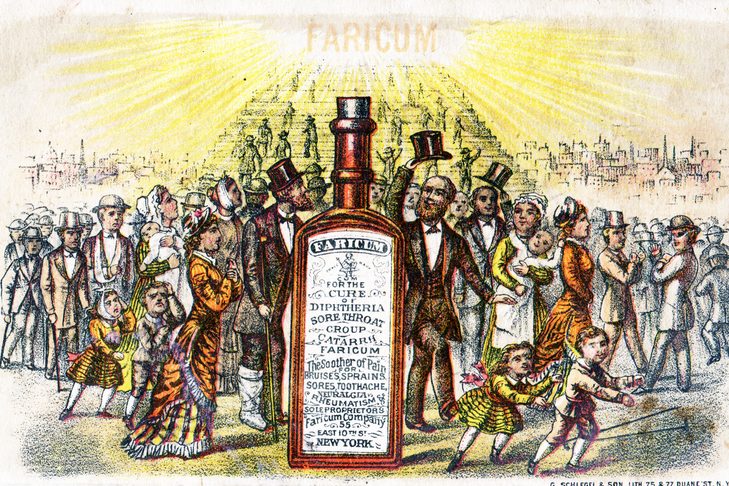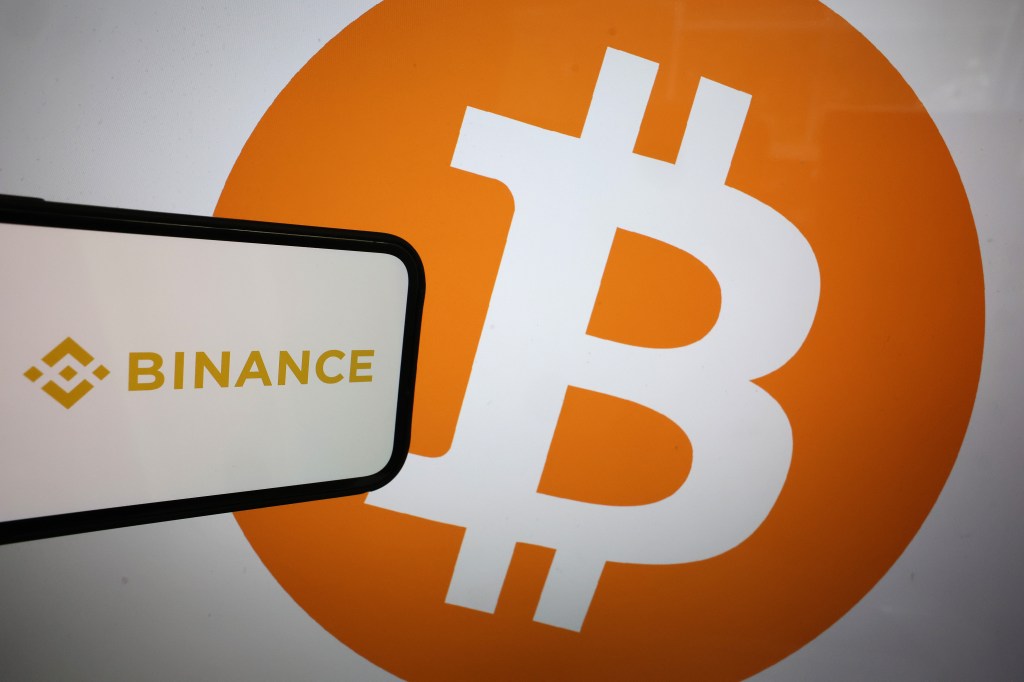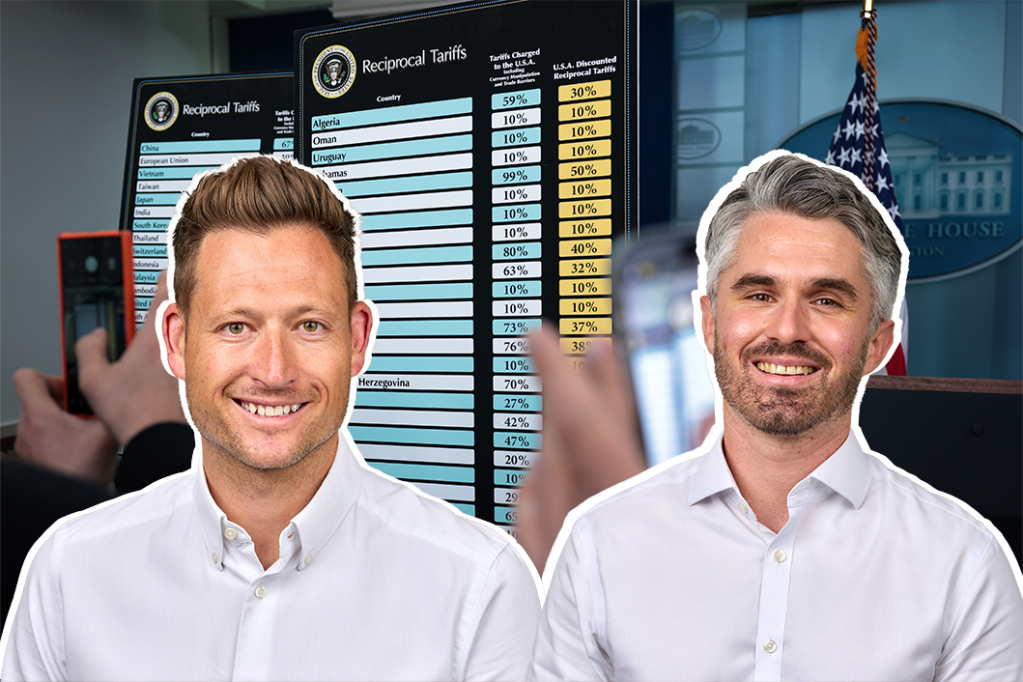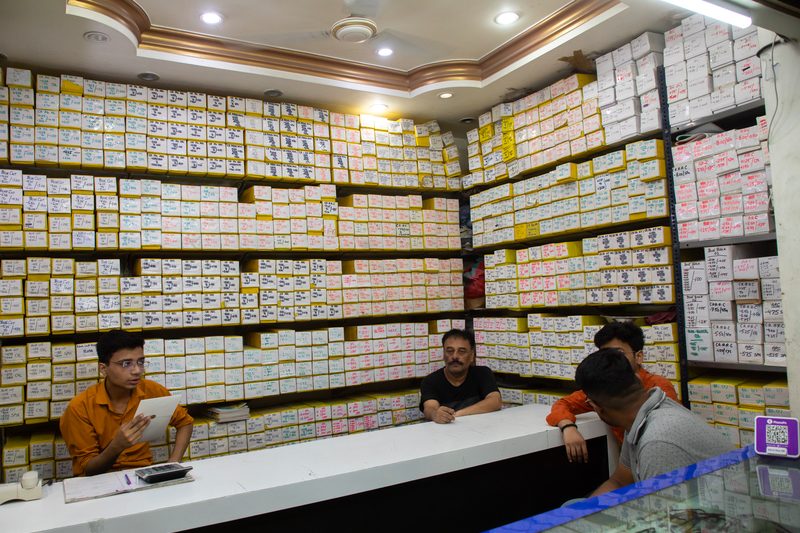For decades, India’s export of generic drugs to the US has presented a perfect example of a mutually beneficial trade relationship between the two countries.
The US remains the third largest importer of drugs made in India. The bilateral trade in pharmaceuticals between the two countries is worth around $12.7 billion dollars annually. According to recent reports, a huge majority of prescriptions issued in the US are made in India. In fact, almost have of all generic drugs prescribed in the US are made there.
The US has benefited too. Millions of Americans are able to access life-saving drugs at affordable prices. Affordable Indian drugs have also saved the US healthcare system hundreds of billions of dollars in recent years.
But, despite those figures, recent developments have raised concerns, within India’s drug manufacturing industry as well as among ordinary Americans.
Export taxes
Until now, Indian drug makers hardly paid any taxes on their exports to the US. On the other hand, Indian authorities put taxes of around !0% on drugs that were imported from the US.
The Trump administration wants to fix this imbalance by imposing tariffs on Indian imports from 2 April 2025, according to reports. This policy change will have an bigger impact on India’s pharmaceutical industry compared to any other sector.
India’s pharmaceutical industry has also come under increasing scrutiny and criticism from US regulators such as the US Food and drugs Administration (FDA) in recent years.
Understandably, Indian drug makers are exploring other markets beyond the US. But finding a market of that size and volume elsewhere isn’t easy. At the same time, the US does not have an immediate alternative and still heavily relies on India’s drug manufacturing empire.
Tariffs threat
The Trump administration’s threat to impose heavy tariffs on Indian imports poses the most immediate and the biggest challenge to the decades-old pharmaceutical trade arrangements between the two countries.
According to experts quoted by the BBC, the US’s healthcare system is already suffering from a demand-supply imbalance, and things could get even worse if a trade deal is not struck in time.
Experts have also warned that, in the absence of a deal, certain Indian companies will no longer be able to continue exports to the US. As a result, millions of poor US citizens will no longer have access to affordable life-saving drugs.
Indian drug makers argue that relocating to the US simply doesn’t make financial sense for them
President Trump’s policy seems to be one of putting pressure on big pharmaceutical brands to start manufacturing in the US. But Indian drug makers argue that relocating to the US simply doesn’t make financial sense for them.
One company official who did not want to be name was quoted by the BBC saying, “We can offset single-digit tariff hikes with cost cuts, but anything higher will have to be passed down to consumers.:
Not everyone seems to be worried about the situation though. The Pharmaceuticals Export Promotion Council of India (Pharmexcil) believes that, despite tariff hikes, Indian drugs should still be able to keep their market dominance because of their competitive pricing, Reuters has reported.
There are also hopes that the two governments will, eventually, realise the seriousness of the situation, and their reliance on each other, to reach an agreement.
Pharmexcil Director General Raja Bhanu was quoted by Reuters saying, “The government will certainly have discussions about the changing situations and try to bring the best possible solution.”
There are also other potential temporary solutions. According to an article in The Pharma Letter, US distributors could ask Indian suppliers to try and absorb the impact from tariffs hikes until US government policy changes. There are, however, no guarantees that this policy would work. Simply because there is no guarantee that a future administration will reverse Trump’s tariffs policy.
But also, and more importantly, trade experts believe some Indian drug makers simply do not have the financial capacity to continue pay high tariffs and wait until 2028.
Scrutiny from US regulators
Beyond the more recent threat of higher tariffs, Indian drug makers are also having to deal with constant scrutiny from US regulators, especially the FDA.
Like any regulator, the FDA insists it’s simply doing its job, and that there are certain cases where manufacturing standards in India have fallen below accepted levels. In one recent case, the FDA sent a warning letter to the Indian firm Global Calcium, accusing it of falsifying manufacturing records and getting rid of electronic evidence during inspection.
To the shock of FDA officials, the company confessed that senior staff members had actually ordered the creation of false documents and the deletion of evidence to avoid conviction.
“Without access to the files, the investigators were unable to determine their purpose and adequately evaluate your adherence to CGMP,” the FDA told the firm in its warning letter.
There has been increased scrutiny from the FDA after the agency itself was criticized by US lawmakers for “institutional weaknesses and dysfunction in the FDA’s foreign drug inspection programme.”
There has been a clear increase in the FDA’s surprise on-site inspections in India
Lawmakers argued the FDA’s inspection outcomes were inconsistent over a 10-year period, as some inspectors found major compliance issues in all their reports, whilst others found no regulatory violations at all.
Some experts even argue that poor quality and manufacturing standards in India are an open secret, and that the FDA is well aware of it. However, a very tiny percentage of those drugs go through the FDA’s independent collection and testing protocols.
Not surprisingly, there has been a clear increase in the FDA’s surprise on-site inspections in India, according to reports. On such occasions, inspectors arrive without prior notice and start inspecting the site and manufacturing practices and standards immediately.
There are early signs that the FDA’s increased scrutiny might be paying off. According to some figures, the number of ‘adverse classification outcomes’ in 2024 showed a slight decrease from the previous year.
It shows that Indian pharmaceutical firms are trying harder to comply with and adhere to strict FDA regulatory standards. But drug regulation and quality control is a complicated and time-consuming process, and more data will be needed before making a final judgement.















